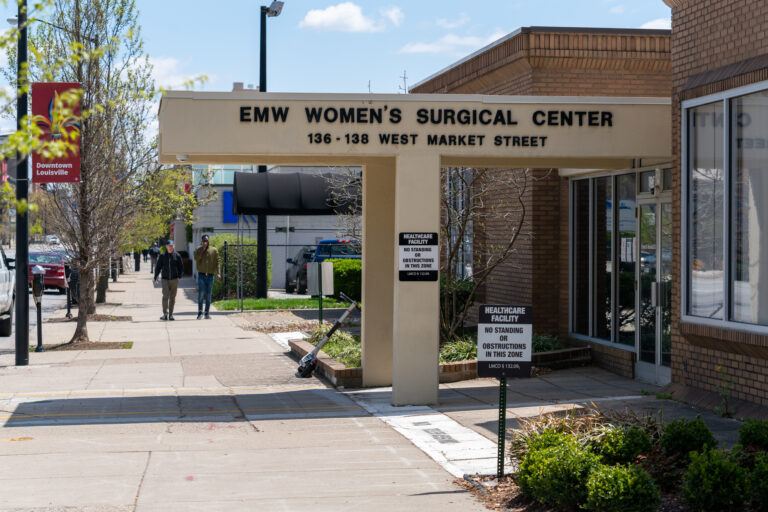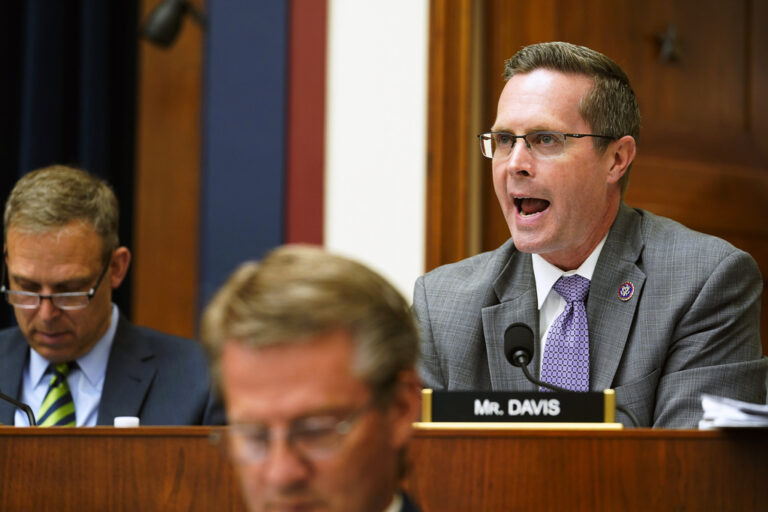Abortion bans may have led to an increase in birth rates in some states, a new report suggests.
Three university researchers closely analyzed 13 states that prohibited abortion in nearly all situations by the end of 2022, after the U.S. Supreme Court eliminated a federal right to abortion. The IZA Institute of Labor Economics published their discussion paper in November.
They used statistical calculations to estimate how the states’ new abortion bans affected births from January 2023 through June 2023, primarily using data from the Centers for Disease Control and Prevention.
The 13 states include the Midwestern states of Kentucky, Missouri, South Dakota and Wisconsin. Here’s what the researchers determined:
- Kentucky had a 3.4% increase in births due specifically to its abortion ban — the third-highest increase among those 13 states.
- Missouri had a 0.4% increase in births due to its ban — the smallest increase among those states.
- South Dakota had a 0.8% increase in births.
- Wisconsin — where abortions resumed in September 2023 due to a court ruling — saw a 2.5% increase in births.
For Kentucky, the 3.4% increase equates to 1,762 additional births, relative to the anticipated number of births there would’ve been if abortion hadn’t been banned in the state.
Likewise, the increases for Missouri, South Dakota and Wisconsin respectively equated to 280 births, 87 births and 1,503 births respectively.
Mayra Pineda-Torres, Georgia Tech economics professor who co-authored the research, said this is an analysis of one particular timeframe.
“The abortion landscape is still evolving,” Pineda-Torres said. “Policy changes will continue happening all across states, so that may contribute to a change in the impacts that bans can have on births. People are still adjusting to this.”
For example, Indiana’s abortion ban took effect in August 2023 — after the period analyzed in the research. Elsewhere in the Midwest, six-week abortion bans in Ohio and Iowa have been blocked in court — with Ohio’s ban further endangered by voters’ recent passage of a constitutional amendment that supports abortion access.
Pineda-Torres said it wasn’t an obvious conclusion that birth rates would be noticeably impacted by the Supreme Court’s 2022 Dobbs ruling, which ended federal abortion rights protections.
After Dobbs, she said some people predicted it would become as difficult to obtain abortions now as it was in the era before Roe.
“But this is different, because we still have about 30 states where people in theory can get an abortion,” she said.
Research estimates how many people were boxed in by abortion bans
The reality of abortion access is complicated, particularly for people living under highly restrictive bans.
As part of their analysis, Pineda-Torres and her colleagues did a rough estimate of how common it was for people seeking an abortion to be unable to get one due to the state bans. They used data on abortions obtained in each state in 2020 when making those calculations.
“We estimate about 31% of people seeking abortions in Kentucky were not able to get an abortion because of the abortion ban,” she said.
On that metric, Kentucky had the highest rate of the 13 states examined. Missouri’s was the lowest, at 2.4%.
The new research suggests that differing distances to the nearest abortion clinic is a major factor in why the effects of abortion bans vary by state, with longer drives correlated with more births.
Missouri had one remaining abortion clinic when the Dobbs ruling came down. The facility was in St. Louis, just across the border from Illinois — a state where abortion is still accessible. Because of this, researchers found the distance to the nearest clinic didn’t go up by much.
Residents in other states with bans don’t live as close to a jurisdiction where abortion remains legal.
For Kentucky, the research estimated there was a 45-mile increase in average driving distance to the closest clinic between May 2022 — before the Supreme Court overturned Roe v. Wade — and December 2022.
The research said South Dakota and Wisconsin respectively had average driving distance increases of 33 miles and 44 miles.
Texas had the highest estimated increase, at 453 miles.
The Guttmacher Institute, which supports abortion rights, released a December report that found almost a fifth of people seeking an abortion in the U.S. abortion went to a different state for those services during the first half of 2023.
Pineda-Torres noted that clinics in states with legal abortion access may have limited appointment availability, which can further affect a patient’s ability to get an abortion.
Side Effects Public Media is a health reporting collaboration based at WFYI in Indianapolis. We partner with NPR stations across the Midwest and surrounding areas — including KBIA and KCUR in Missouri, Iowa Public Radio, Ideastream in Ohio and WFPL in Kentucky.
9(MDM5MjE5NTg1MDE1Mjk1MTM5NjlkMzI1ZQ000))







